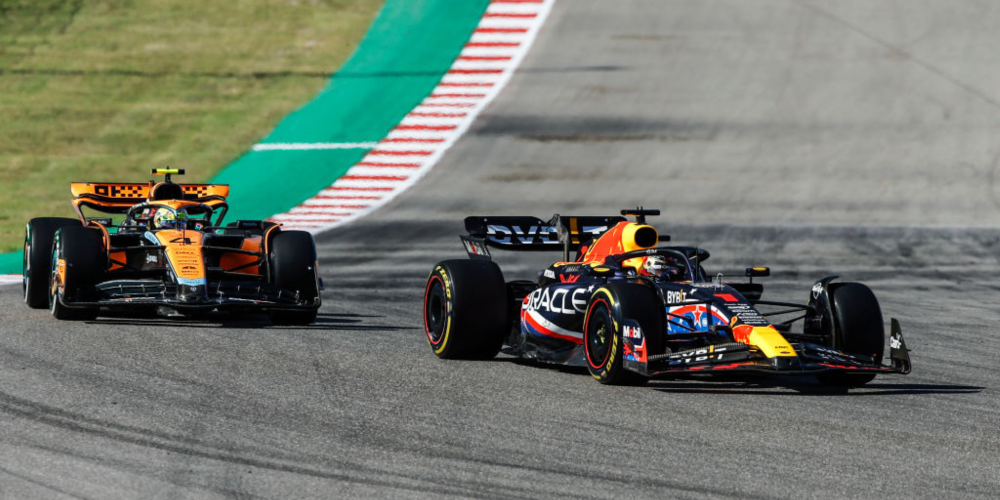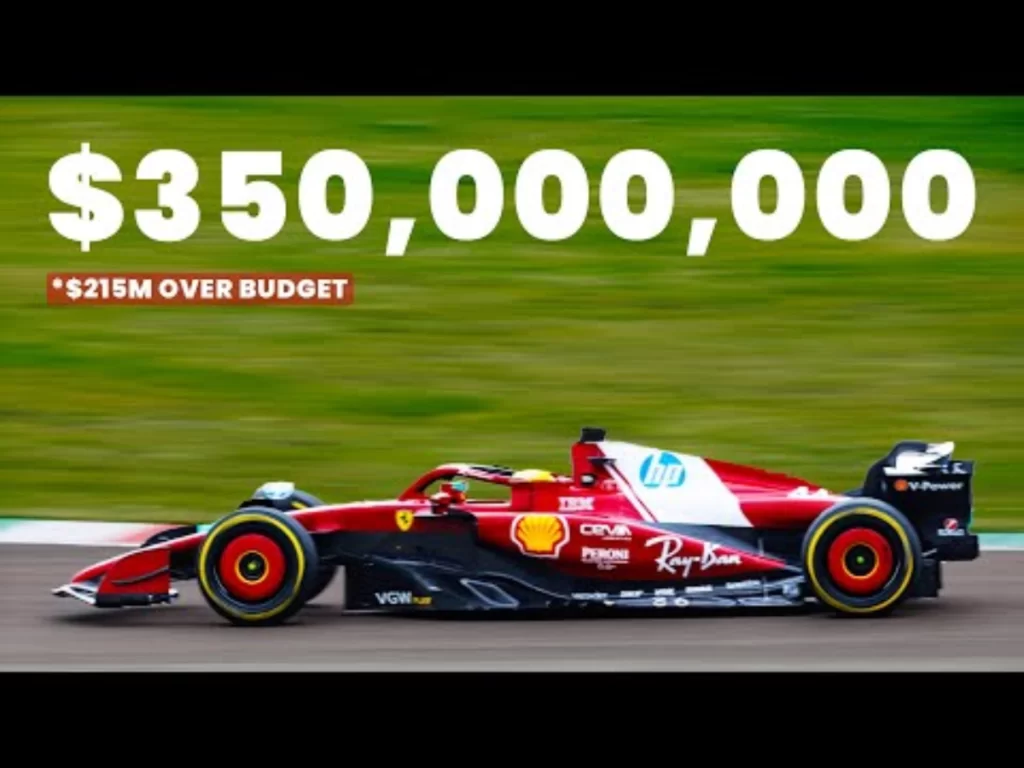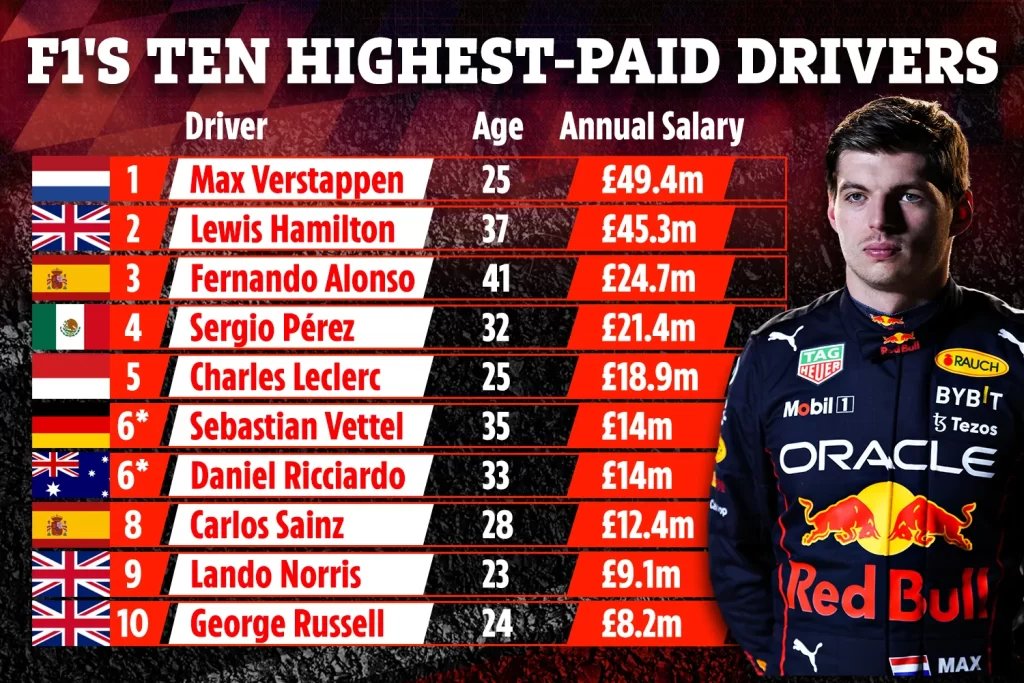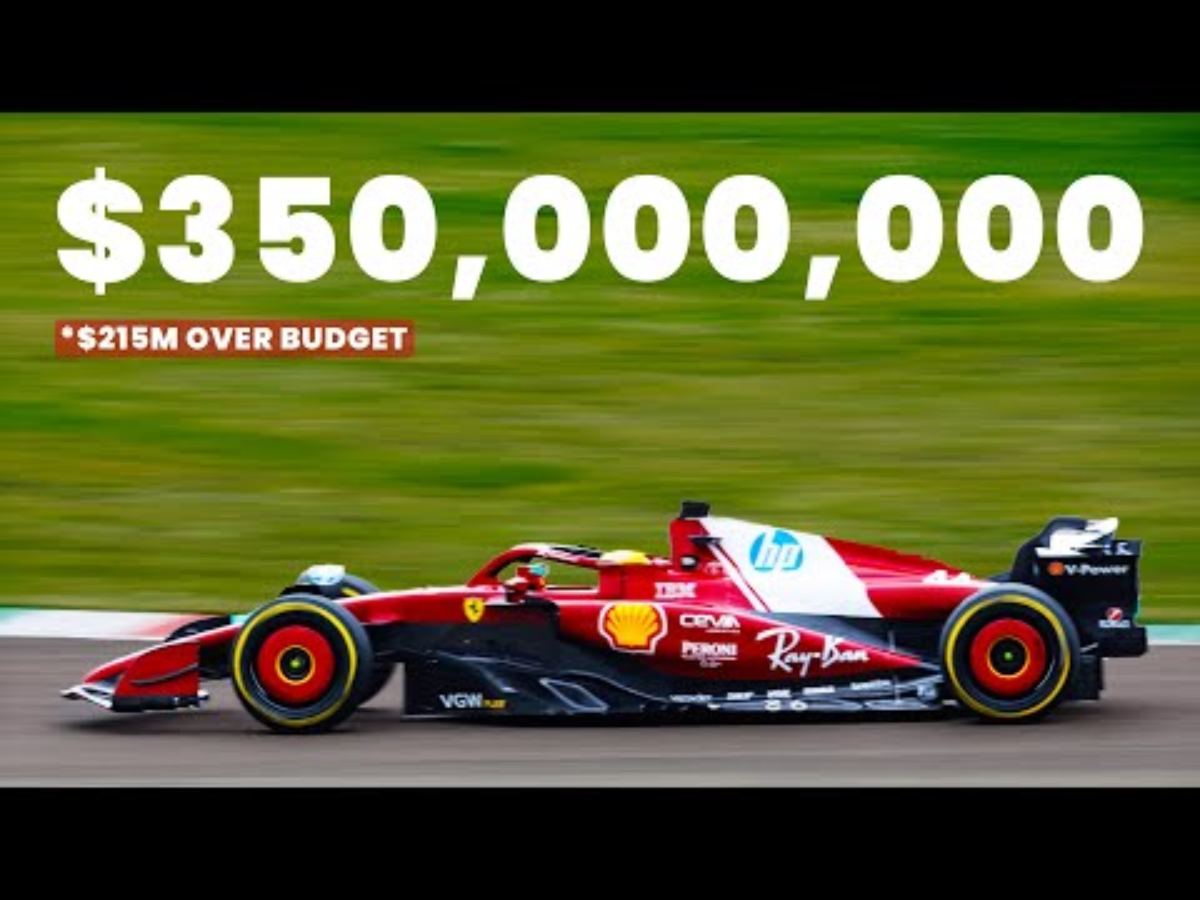Formula 1 drivers are among the highest-paid athletes in the world, with incomes that stretch far beyond the racetrack. But how much does a Formula 1 driver earn annually? From base salaries and performance bonuses to multi-million dollar endorsement deals, Formula 1 driver earn have several income streams. This article breaks down their earnings in 2025, giving you a clear view of how much these motorsport icons truly make.

Content
Base Salaries: The Foundation of F1 Driver Income
The largest part of an Formula 1 driver earn typically comes from their base salary. This fixed amount is negotiated with the team before the season starts and depends heavily on the driver’s experience, achievements, and marketability.
In 2025, top-tier drivers like Max Verstappen and Lewis Hamilton are pulling in eye-watering figures. Verstappen is reportedly earning around $70 million per year, making him one of the highest paid F1 drivers 2025. Hamilton, despite being in the later stages of his career, still commands around $55 million due to his legacy and fan following.
For mid-tier drivers such as Carlos Sainz and Esteban Ocon, salaries typically range between $6–$10 million. Even drivers with solid track records but without race wins, like Lance Stroll, can earn upwards of $4 million annually thanks to their commercial value.
Performance Bonuses: Winning Pays
While base salaries provide a stable income, performance bonuses offer the chance to significantly increase earnings. These bonuses are usually tied to race results, pole positions, podium finishes, or even championship standings.
For example, a driver may receive:
- $500,000 for a race win
- $250,000 for a pole position
- $1 million for a podium finish in a key Grand Prix
These bonuses are written into contracts and vary by team. In competitive outfits like Red Bull and Mercedes, performance incentives can sometimes exceed the base salary in a successful season.
So, how much money do Formula 1 driver earn a year? With consistent wins and podiums, a top driver could boost a $20 million salary to $35–40 million annually.
Sponsorships and Endorsements: Big Brands, Bigger Checks

Beyond team contracts, drivers make a significant portion of their income through sponsorships and endorsements. Big names like Puma, Tag Heuer, Monster Energy, and Tommy Hilfiger often sponsor drivers, especially those with a global presence.
Take Charles Leclerc for example—while he earns around $12 million in salary, his partnerships with brands like Giorgio Armani and Richard Mille add millions more to his annual take-home.
The power of social media has amplified this income stream. Drivers like Lando Norris and George Russell use platforms like Instagram and Twitch to engage fans and attract sponsors. In some cases, this adds an extra $2–5 million per year in brand deals.
Personal Merchandise and Licensing
Top drivers often have their own merchandise lines, which include branded caps, jackets, t-shirts, and more. Licensing deals with manufacturers ensure they get a cut of every sale.
Lewis Hamilton is a prime example—his clothing brand in partnership with Tommy Hilfiger contributes to his massive yearly earnings. Verstappen also sells his own apparel under the “Max Verstappen” brand, popular among Dutch and global fans alike.
While exact figures are rarely public, merchandise and licensing can add up to an additional $1–3 million annually, especially for the more marketable drivers.
Prize Money: A Smaller Yet Notable Share
Teams receive prize money based on their position in the Constructors’ Championship, which is then used to fund operations—including driver salaries and bonuses. While drivers don’t directly receive this prize money, some contracts include clauses that offer a percentage to drivers if the team finishes in a certain position.
This indirect form of income isn’t the most significant, but it can be an incentive in contract negotiations. For instance, finishing first in the Constructors’ Championship can result in a pool of over $60 million, with drivers potentially earning an extra $1–2 million based on performance clauses.
Rookie F1 Driver Salary: Starting from the Bottom

Not every driver starts with a million-dollar paycheck. The rookie Formula 1 driver earns is significantly lower than that of seasoned pros.
In 2025, rookie drivers often earn between $250,000 and $750,000 as a base salary. Logan Sargeant and Oscar Piastri started their F1 careers with modest figures but saw rapid increases based on performance and exposure.
Rookies typically rely more on performance bonuses and sponsorships to boost their earnings in the early years. However, with a few solid performances, their next contract could double or even triple their base salary.
Per Race Earnings: How Much Do F1 Drivers Earn Per Race?
Breaking it down further, how much do Formula 1 driver earn per race? With 24 races on the calendar in 2025, a driver with a $24 million salary is effectively making $1 million per race—excluding bonuses and endorsements.
Here’s a rough breakdown for different tiers:
- Top drivers (e.g., Verstappen, Hamilton): $1.5M–$3M per race
- Mid-tier drivers: $200K–$600K per race
- Rookies: $10K–$40K per race
This figure grows significantly if performance bonuses and brand appearances around race weekends are included.
F1 Driver Salary List by Team (2025 Snapshot)
Here’s a quick look at estimated salaries across top teams in 2025:
| Team | Driver | Estimated Salary |
| Red Bull | Max Verstappen | $70 million |
| Mercedes | Lewis Hamilton | $55 million |
| Ferrari | Charles Leclerc | $25 million |
| McLaren | Lando Norris | $15 million |
| Aston Martin | Fernando Alonso | $20 million |
| Alpine | Esteban Ocon | $8 million |
| Williams | Logan Sargeant | $500,000 |
This F1 driver salary list by team can shift dramatically depending on contracts, team performance, and driver negotiations.
Conclusion
So, how much does a Formula 1 driver earn? The answer varies widely depending on experience, performance, marketability, and team. From rookie F1 driver salary packages of under $1 million to superstars like Verstappen earning over $70 million annually, F1 remains one of the most financially rewarding sports on the planet.
Compare the speed, design, and performance in our deep dive into Formula 1 car vs IndyCar differences.
Frequently Asked Questions
Q1: What is the average salary of an F1 driver in 2025?
The average salary of an F1 driver in 2025 ranges between $8 million and $12 million annually, excluding bonuses and sponsorships.
Q2: Who are the highest paid F1 drivers in 2025?
Max Verstappen tops the list with an estimated $70 million, followed by Lewis Hamilton at around $55 million and Charles Leclerc with $25 million.

Emily Harris is your ticket to the sports world. From thrilling competitions to heartwarming sportsmanship, she’s got you covered with her extensive sports insight.

